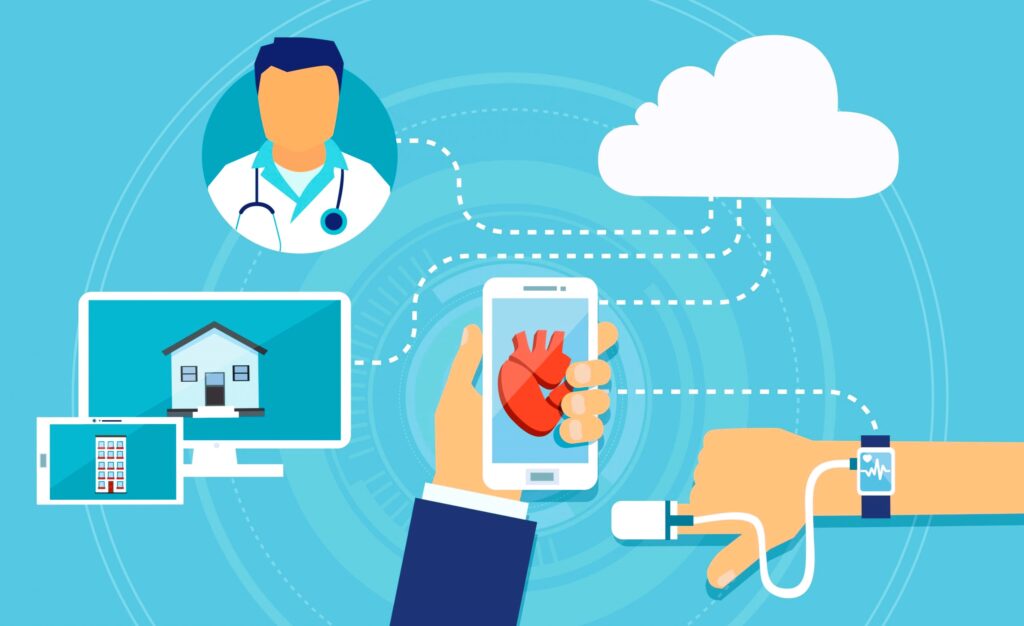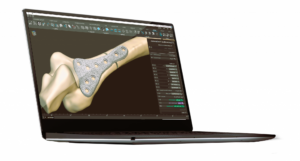In the ever-evolving landscape of healthcare, wearable technology has emerged as a powerful tool with the potential to revolutionize the practice of physical therapy. From fitness trackers and smart clothing to motion sensors and biofeedback devices, wearable technology offers unique opportunities to monitor patient progress, personalize treatment plans, and enhance rehabilitation outcomes. This article explores the applications of wearable technology in physical therapy and its impact on patient care and rehabilitation.
Understanding Wearable Technology
Wearable technology encompasses a wide range of devices worn or attached to the body that collect, analyze, and transmit data related to health, fitness, and wellness. These devices typically incorporate sensors, wireless connectivity, and data processing capabilities to track various physiological parameters, movement patterns, and activity levels in real time. Wearable technology has become increasingly sophisticated, with advancements in miniaturization, battery life, and sensor accuracy enabling new applications across healthcare settings.
Applications of Wearable Technology in Physical Therapy

The integration of wearable technology into physical therapy practice has led to innovative applications in the assessment, monitoring, and management of musculoskeletal and neurological conditions:
- Activity Monitoring: Wearable activity trackers, such as wrist-worn fitness bands and smartwatches, provide objective measures of daily physical activity, including step count, distance traveled, and calories burned. These devices enable therapists to monitor patient adherence to activity guidelines, track progress over time, and identify trends that may impact rehabilitation outcomes.
- Movement Analysis: Wearable motion sensors, such as accelerometers and gyroscopes, can capture movement data during functional tasks and activities of daily living. By analyzing kinematic parameters, such as joint angles, range of motion, and movement symmetry, therapists can assess movement quality, identify biomechanical deficits, and guide treatment interventions.
- Biofeedback and Rehabilitation: Wearable biofeedback devices, such as electromyography (EMG) sensors and pressure-sensitive insoles, provide real-time feedback on muscle activation, posture, and weight distribution during therapeutic exercises. This immediate feedback enhances patient awareness, facilitates motor learning, and encourages proper technique, leading to improved functional outcomes and reduced risk of injury.
- Remote Monitoring and Telehealth: Wearable technology enables remote monitoring of patients’ health status and rehabilitation progress outside of traditional clinical settings. By transmitting data wirelessly to therapists or healthcare providers, wearable devices facilitate remote consultations, virtual coaching, and tele-rehabilitation services, enhancing access to care and supporting continuity of treatment. Do you like the article? Read also about how to correctly formulate an answer.
- Patient Engagement and Adherence: Wearable technology promotes patient engagement and adherence to rehabilitation programs by providing personalized feedback, goal setting, and progress tracking features. Gamification elements, such as challenges, rewards, and social support networks, encourage active participation and motivation, leading to increased compliance with therapeutic interventions.
Impact on Patient Outcomes
The integration of wearable technology into physical therapy practice has the potential to improve patient outcomes in several ways:
- Early Detection and Intervention: Wearable sensors can detect subtle changes in movement patterns or physiological parameters that may indicate early signs of dysfunction or deterioration. Timely intervention based on real-time data allows therapists to address issues proactively and prevent further deterioration.
- Personalized Treatment Plans: Wearable technology provides objective data on patient activity levels, movement quality, and adherence to exercise regimens, enabling therapists to tailor treatment plans to individual needs and preferences. Personalized interventions maximize the effectiveness of rehabilitation and optimize outcomes.
- Long-Term Monitoring and Follow-Up: Wearable devices facilitate long-term monitoring of patient progress and functional status beyond the duration of formal rehabilitation programs. Continuous data collection allows therapists to track recovery trajectories, monitor changes over time, and provide ongoing support and guidance to patients as they transition to independent living.
Challenges and Considerations

While wearable technology holds great promise for enhancing physical therapy interventions, several challenges and considerations must be addressed to maximize its potential:
- Data Security and Privacy: Wearable devices collect sensitive health data that must be protected from unauthorized access, breaches, and misuse. Robust data security measures, encryption protocols, and compliance with privacy regulations are essential to safeguard patient confidentiality and trust.
- Interoperability and Integration: The integration of wearable technology into existing healthcare systems and workflows requires interoperability standards, data exchange protocols, and seamless integration with electronic health records (EHRs) and clinical decision support systems. Interdisciplinary collaboration and stakeholder engagement are needed to ensure smooth implementation and adoption.
- Evidence-Based Practice: While there is growing evidence supporting the efficacy of wearable technology in physical therapy, further research is needed to establish standardized protocols, validate measurement tools, and evaluate the clinical effectiveness of wearable interventions across different patient populations and settings.
Conclusion
Wearable technology has the potential to transform the practice of physical therapy by providing objective, real-time data on patient activity, movement, and adherence to rehabilitation programs. From activity monitoring and movement analysis to biofeedback and remote monitoring, wearable devices offer new opportunities to enhance patient engagement, personalize treatment plans, and optimize rehabilitation outcomes.
For further information on the standardization of wearable technology in healthcare, visit Wikipedia’s page on Wearable technology.
As wearable technology continues to evolve and become more integrated into clinical practice, physical therapists can leverage these innovative tools to deliver more personalized, effective, and patient-centered care, ultimately improving the quality of life for individuals with musculoskeletal, neurological, and functional impairments. By embracing wearable technology as part of a comprehensive rehabilitation approach, therapists can empower patients to take an active role in their recovery journey and achieve better outcomes in their quest for optimal health and wellness.




